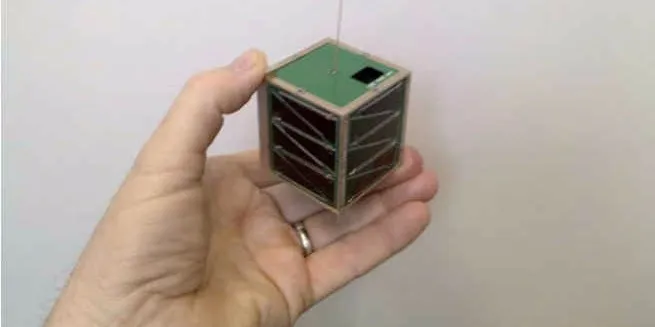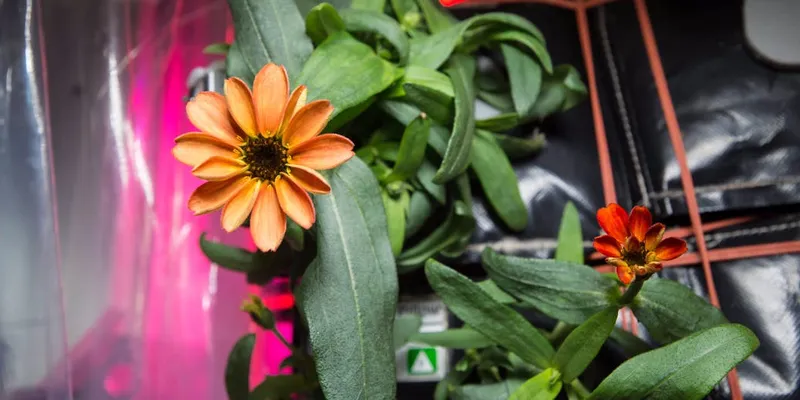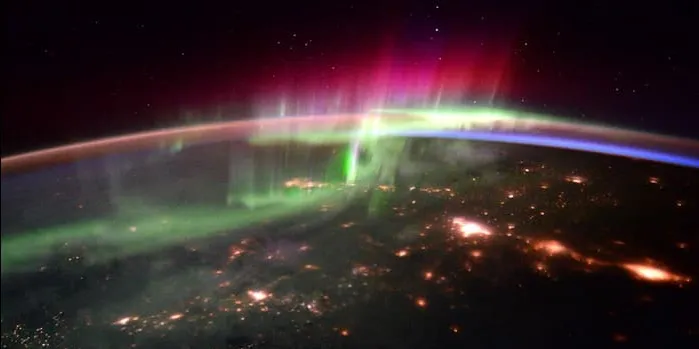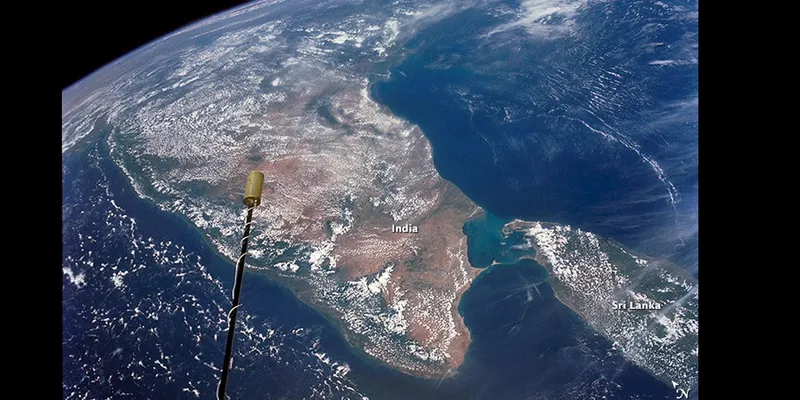

Our place in the stars
The International Space Station(ISS) Completes 100,000 orbits of the earth
Born too late to explore the earth, too soon to explore the galaxy.

Earth from ISS
Or maybe so? ISS(International Space Station ), The international Space Laboratory orbiting the Earth at 400 km above the surface moving at a speed of 28,000 kilometers per hour.
At that speed it takes around 90 minutes to complete one orbit around the earth, the same time some of us might require to reach our workplace. Recently last month ISS completed 100000(1 Lakh) Orbits around the Earth, about the distance of 10 round trips to Mars.
Let’s Read some important contributions of the Space lab built and maintained by 15 Nations. It stands today as mankind's only habitable outpost beyond Earth's nurturing atmospheric shell. It has withstood the test of time, a silent witness to the coming and going of world leaders while remaining an island of tranquility in spite of the tensions that have too often plagued participating nations on the planet below.

The post by ISS twitter handle.
So What’s UP?
The first section of the ISS station called Zarya or Dawn in Russian, was launched into space more than 17 years ago on November 20, 1998.
The first crew to inhabit the station - American astronaut Bill Shepherd and Russian cosmonauts Sergei Krikalev and Yuri Gidzenko arrived in 2000, since when it has been continually occupied. From two modules, it has grown to 15 modules, occupying a space the size of a football pitch and represents around $100 billion in investment.
.jpg?fm=png&auto=format&w=800)
The International Space Station
During its lifetime, 226 people have visited the ISS from 15 countries. The ISS is expected to remain operational until 2024 after all the participating countries except the European Union agreed to continue financing it at least until then.
What are they doing there?
Earth Monitoring CubeSats
CubeSats or cube satellites , These are a new generation of satellites characterized by their very small size and low cost. A CubeSat is a small satellite in the shape of a 10 centimeter cube and weighs just 1 kilogram. That’s about 4 inches and 2 pounds. The design has been simplified so almost anyone can build them and the instructions are available for free online.

CubeSat being deployed
These Satellites are contributing to humanitarian and environmental research in space. They are launched in a set and perform specific functions. This current fleet of 16 CubeSats, also known as Dove satellites, were deployed last month and will monitor the Earth to help improve disaster relief and agriculture yields. Any person with basic knowledge in the field can build these satellites , even school children and amateur techies are building their personal satellites . However, deploying one is whole another story.

CubeSat
BEAM- Bigelow Expandable Activity Module
BEAM, the Bigelow Expandable Activity Module, was successfully expanded , beginning its two years of tests to demonstrate the new expandable technology. BEAM was pressurized and expanded to its full volume, width and length . It is an expandable Module that can be attached on the space station , It will provide extra area for astronauts and cosmonauts to work and rest eventually.

Expandable habitats are designed to take up less room on a spacecraft but provide greater volume for living and working in space once expanded. This first test of an expandable module will allow investigators to gauge how well the habitat performs and specifically, how well it protects against solar radiation, space debris and the temperature extremes of space.

BEAM Module
First Flower Blooms in Space
On Jan. 16, 2016, Expedition 46 Commander Scott Kelly shared photographs of a blooming zinnia flower in the Veggie plant growth system aboard the International Space Station. Kelly wrote,
"Yes, there are other life forms in space! #SpaceFlower #YearInSpace"

Pic posted by Astronaut Scott Kelly
This feat was a success after a lot of failed efforts to raise plants in space. Experiments are being carried out to understand the feasibility of Space Travels.
The ISS team installed the space station's Veggie plant system in mid-2014 and have also grown "Outredgeous" red romaine lettuce.
The vegetable was grown aeroponically - that is, in an air or mist environment without soil. Plants grown aeroponically require far less water and fertilizer, don't need pesticide, are much less prone to disease, and grow up to three times faster than plants grown in soil, NASA has said.
I leave you with these iconic pictures from ISS by Scott Kelly and others. And in the words of astronaut Buzz Lightyear-
Till Infinity and beyond

Atlantic Ocean from above

Earth from above


Aurora Borealis from above


Italy from above

That's us

Indo-Pak border





